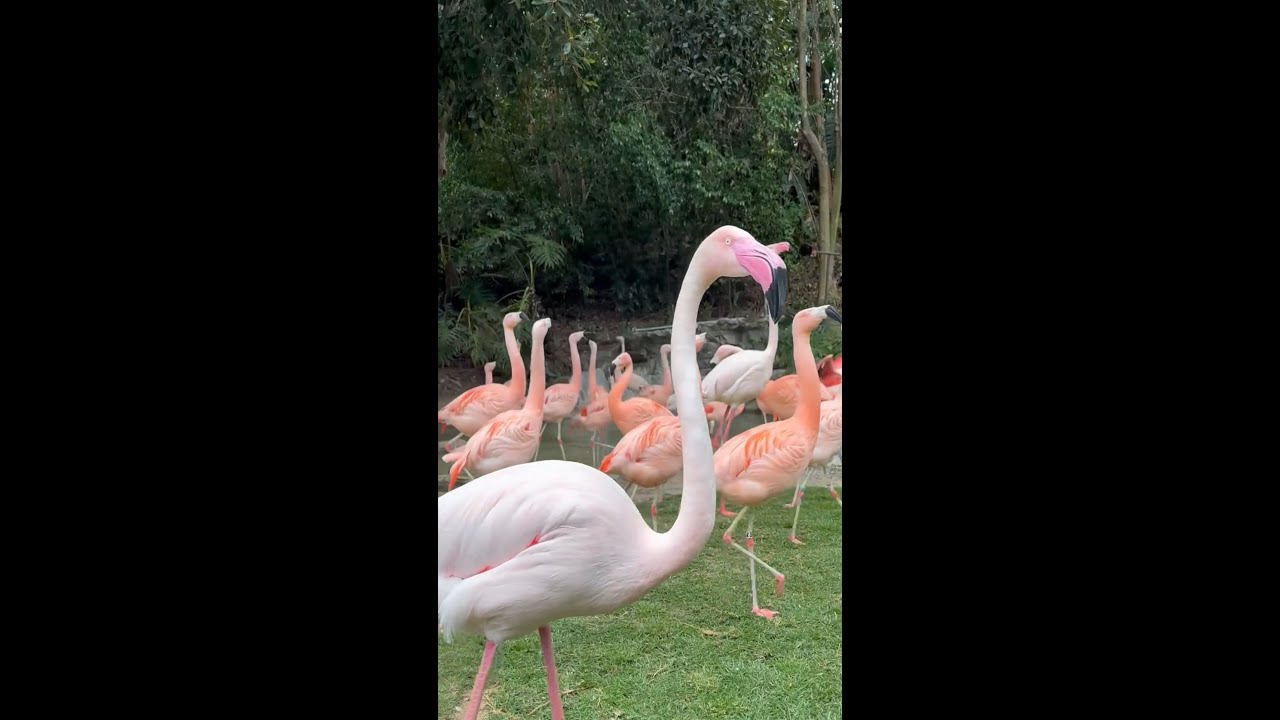- The fascinating biology and behavior of flamingos
- Importance of Mingo march in zoo management and wildlife conservation
- Strategies for engaging the public through wildlife conservation initiatives such as the Mingo march
Flamingos, with their vivid pink feathers, long curving necks, and stilt-like legs, are among the most instantly recognizable birds on the planet. These birds are a marvel of the natural world and a testament to the intricate balance of ecosystems they inhabit. A particularly captivating behavior observed in these birds is the Mingo march, a synchronized movement often seen in captive flamingos in zoos and conservation parks. This article explores flamingos’ biological underpinnings, the Mingo march’s significance, and how understanding these elements plays a crucial role in zoo management and wildlife conservation.
The biology and behavior of flamingos are as striking as their appearance. These birds are adapted to live in shallow lakes, lagoons, and swamps, with their webbed feet allowing them to wade in search of food while their specially adapted beaks enable them to filter-feed on small organisms such as shrimp, algae, and plankton. This diet is rich in carotenoids, metabolized to give flamingos their characteristic pink color. The depth of coloration indicates the bird’s health and diet quality, which is a vital piece of information for conservationists.
Beyond their feeding habits, flamingos are social birds, often found in large flocks that can number in the thousands. It is within these gatherings that the Mingo march becomes a crucial activity. The march involves the birds stepping in unison in a tight formation, which is believed to serve several purposes. Firstly, it is thought to be a mating ritual, with the synchronized movements helping to cement social bonds and establish breeding readiness among the flock. Secondly, the Mingo march may have helped stir up shallow waters’ bottom, making food more accessible. Understanding these behaviors is pivotal for zookeepers and conservationists as it informs the design and management of flamingo habitats in captivity, ensuring the birds’ physical and psychological needs are met.
In the context of zoo management and wildlife conservation, the Mingo march is more than just a spectacle; it is an educational tool that brings attention to the intricate lives of flamingos and the importance of their preservation. Zoos and conservation parks play a significant role in protecting endangered species and habitats, and engaging the public is critical to this work. By showcasing behaviors such as the Mingo march, zoos can give visitors a deeper understanding of flamingo biology and their conservation challenges.
Moreover, such initiatives highlight the success of collaborative conservation efforts. Many species of flamingos are threatened by habitat loss, pollution, and climate change. Conservation programs often involve partnerships between zoos, NGOs, and governments to protect critical habitats and engage in breeding programs to boost wild populations. Through public engagement activities centered around the Mingo march, zoos can raise awareness of these efforts and inspire visitors to support conservation initiatives.
Educational strategies are central to leveraging the Mingo march for wildlife conservation. Informative displays, guided tours, and interactive sessions can help visitors connect with the flamingos, turning a moment of curiosity into a lasting interest in conservation. Staff training is also crucial, as knowledgeable zookeepers and guides can provide visitors with insight into the complex behaviors of flamingos, the environmental challenges they face, and how the public can contribute to conservation efforts.
With its captivating display of flamingo behavior, the Mingo march offers an exceptional opportunity to educate and engage the public on the importance of wildlife conservation. By fostering a deeper connection between visitors and these remarkable birds, zoos can play a pivotal role in promoting conservation awareness and action. Through careful management and innovative educational initiatives, the enchantment of the Mingo march can inspire a new generation of conservationists dedicated to preserving the natural world and the myriad of species that call it home.
In successfully managing flamingo populations and employing the Mingo march as a focal point for conservation education, zoos and wildlife parks illustrate the power of interactive learning and the vital role of public engagement in conservation efforts. By bringing the natural world closer to people, these institutions nurture a culture of respect and responsibility towards wildlife and the environment, highlighting the interconnectedness of all life on Earth.
*****
Source Description
‘Mingo march! 🦩
📹: Kara Ahmanson


